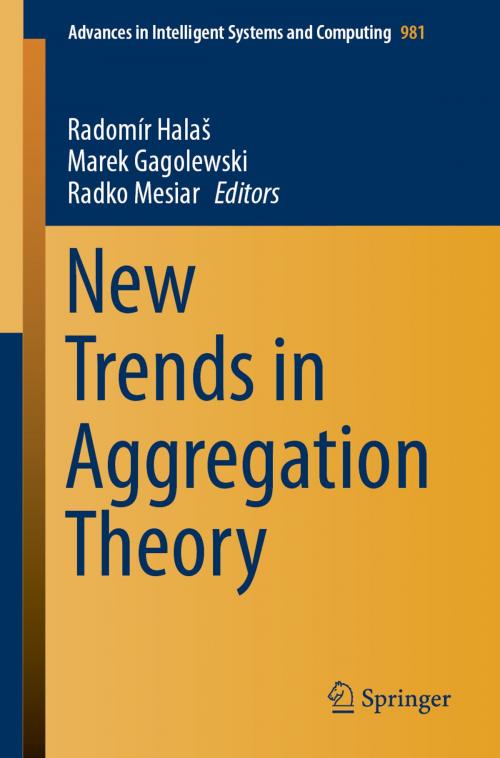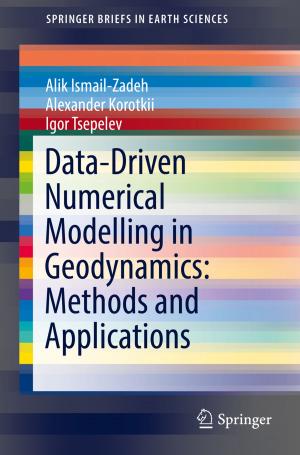New Trends in Aggregation Theory
Nonfiction, Computers, Advanced Computing, Artificial Intelligence, General Computing| Author: | ISBN: | 9783030194949 | |
| Publisher: | Springer International Publishing | Publication: | May 16, 2019 |
| Imprint: | Springer | Language: | English |
| Author: | |
| ISBN: | 9783030194949 |
| Publisher: | Springer International Publishing |
| Publication: | May 16, 2019 |
| Imprint: | Springer |
| Language: | English |
This book collects the contributions presented at AGOP 2019, the 10th International Summer School on Aggregation Operators, which took place in Olomouc (Czech Republic) in July 2019. It includes contributions on topics ranging from the theory and foundations of aggregation functions to their various applications.
Aggregation functions have numerous applications, including, but not limited to, data fusion, statistics, image processing, and decision-making. They are usually defined as those functions that are monotone with respect to each input and that satisfy various natural boundary conditions. In particular settings, these conditions might be relaxed or otherwise customized according to the user’s needs. Noteworthy classes of aggregation functions include means, t-norms and t-conorms, uninorms and nullnorms, copulas and fuzzy integrals (e.g., the Choquet and Sugeno integrals). This book provides a valuable overview of recent research trends in this area.
This book collects the contributions presented at AGOP 2019, the 10th International Summer School on Aggregation Operators, which took place in Olomouc (Czech Republic) in July 2019. It includes contributions on topics ranging from the theory and foundations of aggregation functions to their various applications.
Aggregation functions have numerous applications, including, but not limited to, data fusion, statistics, image processing, and decision-making. They are usually defined as those functions that are monotone with respect to each input and that satisfy various natural boundary conditions. In particular settings, these conditions might be relaxed or otherwise customized according to the user’s needs. Noteworthy classes of aggregation functions include means, t-norms and t-conorms, uninorms and nullnorms, copulas and fuzzy integrals (e.g., the Choquet and Sugeno integrals). This book provides a valuable overview of recent research trends in this area.















